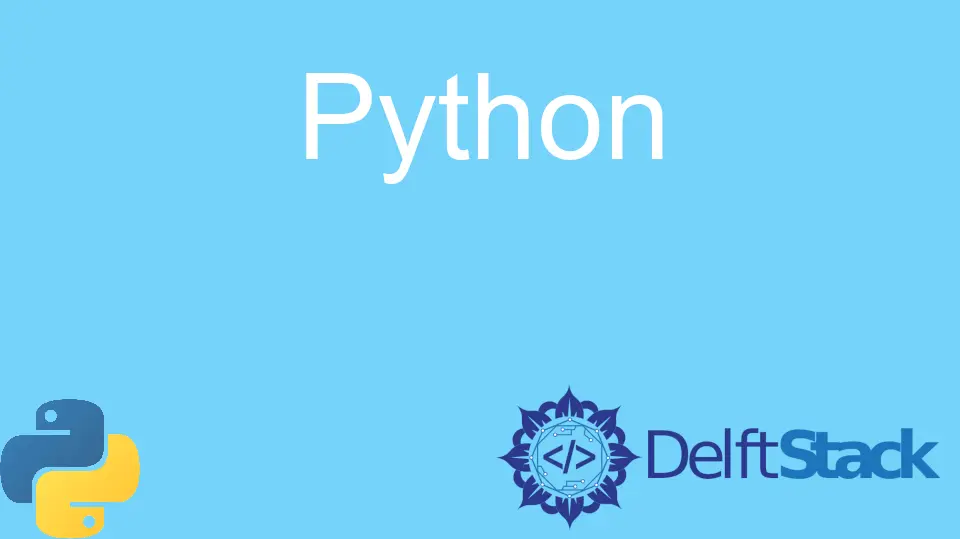How to Manage Python Dependencies
-
Install and Manage Python Packages and Dependencies With
pip -
Install and Manage Python Packages and Dependencies With
Virtualenv -
Install and Manage Python Dependencies With
Pipenv - Conclusion

There are a few different ways to manage Python dependencies. The most common way is to use a requirements.txt file, which lists all your project dependencies and their versions.
You can then install all of the dependencies for your project by running pip install -r requirements.txt.
Another method to manage dependencies is to use virtualenv. This creates an isolated environment for your project, and you can install dependencies without affecting other projects.
Install and Manage Python Packages and Dependencies With pip
pip is a system of package management that allows you to install and manage packages written in Python. It is typically used to install packages from the Python Package Index (PyPI), but we can also use it to install packages from other sources.
To install a package with pip, you need to run the following command:
pip install <package_name>
This will install the latest version of the package. If you want to install a specific version of the package, you can use the --version option:
pip install <package_name> --version <package_version>
If you need to upgrade an existing package to the latest version, you can use the --upgrade option:
pip install --upgrade <package_name>
If you need to uninstall a package, you can use the --remove option:
pip uninstall <package_name>
pip also allows you to create a requirements file, which lists all the packages your project depends on. This file can be used to install all of the dependencies for your project in one go.
To create a requirements file, you can use the --requirements option:
pip freeze > requirements.txt
This will create a requirements.txt file in your current directory, which you can distribute along with your project.
To install all the packages listed in a requirements file, you can use the -r option:
pip install -r requirements.txt
Install and Manage Python Packages and Dependencies With Virtualenv
Python is the best language you can use on the backend, front end, or complete web application stack. However, one of the challenges of using Python is managing dependencies.
If you’re working on multiple projects, you might have different dependencies for each project. This can lead to conflicts and make it challenging to keep your projects organized.
One solution to this problem is to use Virtualenv.
If you want to create isolated Python environments, then Virtualenv is the best tool. This means you can have different dependencies for each project and easily switch between them.
To install Virtualenv, you can use pip. Once you’ve installed it, you can create a new environment by running virtualenv <name>, which will create a new directory with the name you specify.
You can activate the environment by running source <name>/bin/activate.
pip install virtualenv
Once you’ve activated the environment, you can install dependencies as usual. When you’re finished working on the project, you can deactivate the environment by running deactivate.
Virtualenv is an excellent tool for managing Python dependencies. It’s easy to use and can help you keep your projects organized.
Install and Manage Python Dependencies With Pipenv
Pipenv is a tool that manages Python dependencies. It is similar to tools like virtualenv, but it is much more convenient.
With Pipenv, you can create a virtual environment for your project and install all the dependencies you need. Pipenv will also automatically create a file called Pipfile, which contains all the information about your project’s dependencies.
If you want to install Pipenv, run the following command:
pip install pipenv
Once Pipenv is installed, you can create a new virtual environment for your project by running the following command:
pipenv --three
This will create a new virtual environment that uses Python 3. You can also specify a specific Python version that you want to use.
For example, to use Python 2.7, you would run the following command:
pipenv --two
Once your virtual environment is created, you can activate it by running the following command:
pipenv shell
This will activate the virtual environment, and you can use all your installed dependencies.
To install a new dependency, run the following command:
pipenv install <package>
For example, to install the requests package, you would run the following command:
pipenv install requests
Once the dependency is installed, it will be added to your Pipfile, and you can use it in your project.
Conclusion
The pip package manager is the recommended tool for managing Python dependencies. It is a widely used tool that makes it easy to install, update and remove Python packages.
pip is included by default in recent versions of Python.
To install a Python package using pip, run the pip install command followed by the package’s name. Next, use the pip install --upgrade command to update an existing Python package.
To remove a Python package, use the pip uninstall command.
Zeeshan is a detail oriented software engineer that helps companies and individuals make their lives and easier with software solutions.
LinkedIn